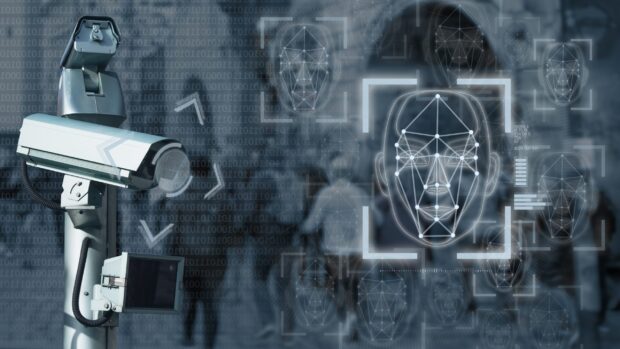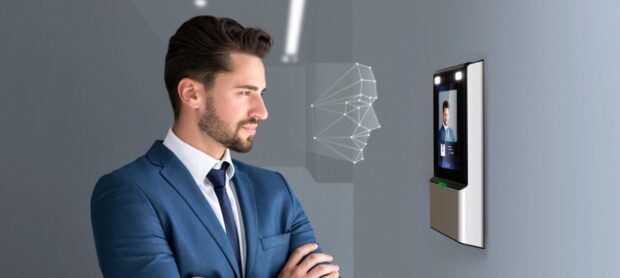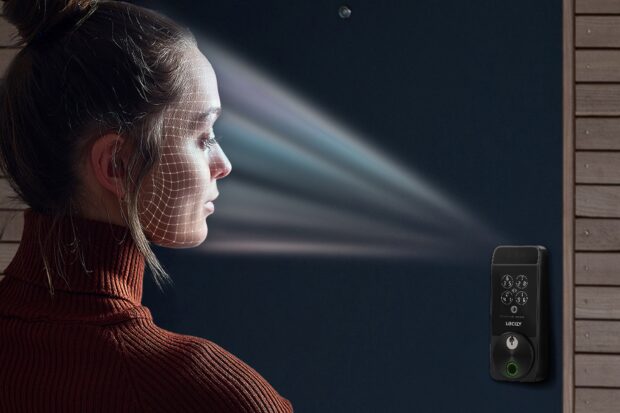Facial recognition technology is some amazing stuff. It used to be little more than fodder for TV shows and movies. But in the 2020s, it’s a very real technology with a growing number of applications. Some of those applications are rather controversial.
What about home automation? Does facial recognition have a place in this market? I suppose it does, but not without some clear-cut standards for how it can be utilized safely and effectively. If we allow it to be deployed in a wild west sort of way, it could lead to big trouble.
Facial Recognition in a Nutshell

I suppose the place to begin here is with a discussion of what facial recognition actually is. It is a software technology that combines advanced algorithms with photo imaging to create something known as a faceprint. Think of a faceprint as similar to a fingerprint.
Vivint Home Security explains how it all works in a post recently published on their site. According to their research, a camera captures an image of a person’s face and then sends the data to facial recognition software. The software then measures certain features like the:
- Space between the eyes
- Shape of the nose
- Length of the jawline
Measurements taken from the image analysis are then converted to digits that become the individual’s faceprint. Then, just as with fingerprint analysis, each faceprint can be compared to a database of previously assembled prints in hopes of finding a match.
The Database Is Key
Plenty of people find facial recognition technology both intrusive and alarming. The reason is found in the database used to identify faceprints. Facial recognition doesn’t work without the database.
Whether the database is extremely small or incredibly large, faceprints must be stored and retrieved for comparison purposes. If a facial recognition program has nothing to compare a new faceprint to, it can’t possibly identify the image it is analyzing.
The whole database thing can be problematic if you dig too deeply into the implications. Consider the fact that a U.S. company was recently fined in excess of $33.7 million by Dutch authorities for illegally harvesting billions of images from the internet.
The vast majority of the images were obtained by scraping social media sites. Dutch officials deemed the scraping illegal because the company did not ask consumers for permission to use their images.
If we were to compare this company’s actions with the older practice of collecting fingerprints, it would be like technicians breaking into millions of homes in the middle of the night and taking fingerprints while their unsuspecting victims slept. Those fingerprints would then be stored for later comparisons.
Facial Recognition and Law Enforcement

It’s not surprising to learn that law enforcement has embraced facial recognition under the guise of better criminal justice. Law enforcement agencies deploy facial recognition to identify criminal suspects. But could those same agencies use the technology to spy on law abiding citizens? Anything is possible.
Facial recognition is one of those technologies that, once unleashed, is hard to get under control. And right now, facial recognition exists in the wild. There are very few restrictions on how it can be utilized by law enforcement and government agencies.
This isn’t to say that it has no place in the public sector. Rather, it’s to say that we need clear rules and regulations defining how it can be utilized. And in this country, those rules and regulations need to adhere to the constitution and any applicable state laws. There needs to be built-in accountability as well.
Facial Recognition in Home Automation

So, how does this all apply to home automation? The same technology that can help law enforcement identify a criminal suspect can be leveraged to make a smart home more secure and convenient. For example, consider a smart lock linked to a facial recognition system.
Without facial recognition, smart locks are activated and deactivated using PINs, fingerprints, or smartphones. All require the use of your hands to some degree. But throw in facial recognition and that all goes out the window.
Going back to the Vivint Smart Home article mentioned at the beginning of this post, it describes a scenario in which a consumer returns home at the end of a long day with arms full of groceries. Her smart lock is linked to a facial recognition system.
As she approaches the door, the system recognizes her and automatically deactivates the lock. She pushes the door and walks right in.
Frictionless Entry

Equipping smart locks with facial recognition leads to frictionless entry. With facial recognition, there are no more keys. Consumers don’t have to remember PIN codes. Those who previously spoke to their phones to unlock the door never have to utter another word. They simply approach the door and wait for the facial recognition system to do its thing.
Facial recognition could be tied to home security as well. A system could be trained to recognize all of a home’s occupants. Anyone approaching the home would be scanned and analyzed. If a person’s image is not in the database of approved occupants, the system is triggered and sends a security alert to the homeowner.
Far From Mature
I can see how facial recognition could be beneficial to home automation. But for now, it’s just not ready for primetime. Facial recognition technology is still too far from maturity. Its two biggest problems are false positives and false negatives.
A false positive throws any security benefits out the window. Likewise, a false negative creates anger and frustration among consumers who are locked out of their own systems. On a grander scale, false positives could lead to unintended consequences in the law enforcement realm.
I would say that facial recognition does have a place in home automation. But for now, that place is limited. I won’t invest in it until all of the bugs and privacy concerns are worked out. In its current state, it doesn’t work well enough to justify its inadequacies.




